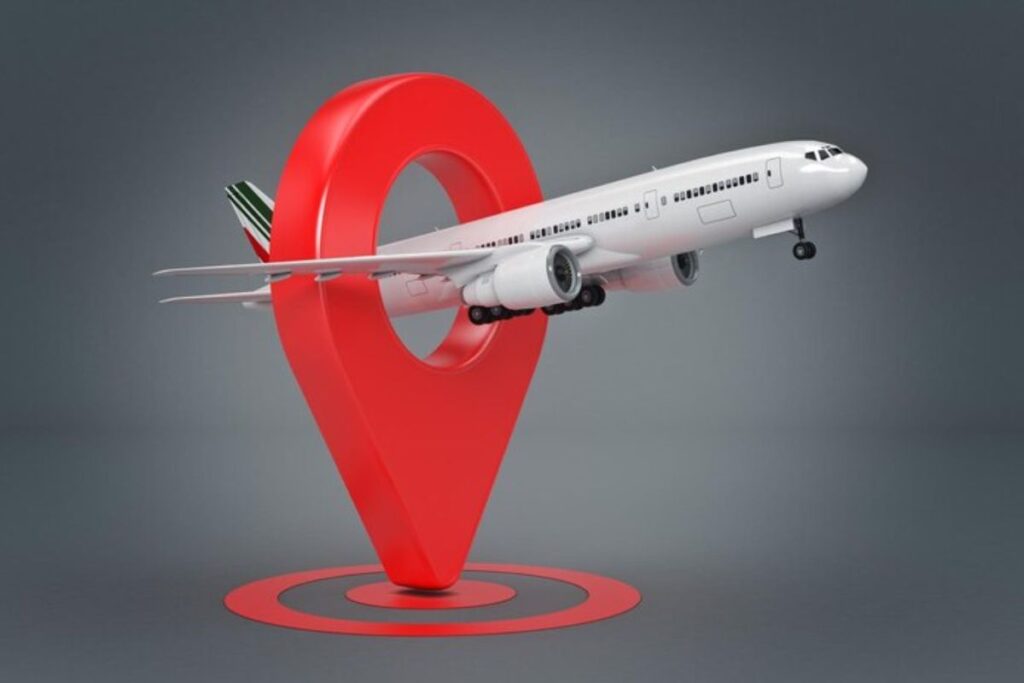How Airlines Price Their Flights

Have you ever wondered about the science behind the fluctuation of flight prices? Flight prices can be volatile. It’s likely that at one instance you would’ve found a great price for your favourite airline and made up your mind to buy it but a few hours later you were surprised to find that the prices had doubled or decreased. This might seem counter-intuitive because if you like a shirt at the mall, the price of that shirt isn’t expected to spike or plummet in a matter of a few hours. We’ve all faced this conundrum.
So what drives this constant fluctuation? The answer lies in the heart of the airline’s commercial department, called Revenue Management. Airlines use revenue management to sell the right ticket to the right person, at the right time and at the right price. It’s a delicate balance between selling as many seats as possible on an aircraft versus making as much revenue as possible from those seats.
Airlines use different revenue management techniques, such as dynamic pricing, yield management, price matching, etc., to maximize their revenues, along with a number of other factors that ultimately determine the fare you are going to get for a particular route at a particular time, and yes, time is one of the most critical determinants of flight prices.
At Alternative Airlines, we sell flights from more than 600 airlines worldwide and are using our expertise to discuss some of the factors below.
Demand (yield management):
One of the main determinants of flight prices is demand. There may not be an industry that is more influenced by supply and demand laws than the airline industry. As demand increases, supply decreases, and the airline revenue management algorithm automatically increases the ticket prices of the remaining seats on the aircraft.
To maximize revenue, airlines use a variable pricing strategy to sell the same seat at different prices to different customers at different times. Airlines pre-define different fare segments, even for the same fare class. Once the tickets for a flight are made available, the prices tend to be the cheapest, and as the cheapest fare segment is booked, the ticket prices are automatically increased to optimize revenue. Furthermore, when the next fare segment is booked, the flight prices increase even more.
However, this isn’t the case all the time because chances are that after the first two fare segments are booked, the third segment may not get fully booked. This is where the revenue management algorithm rolls back the prices to stimulate demand because if an aircraft flies with an empty seat, that seat has forever lost its potential to make money.
So, what does this mean? This means that the next time you go sit in an aircraft, chances are that everyone onboard the aircraft has paid a different price for the exact same seat and services. Mind-blowing, isn’t it?
Time of the booking (dynamic pricing)
In the weeks and months before a journey, prices might change drastically. Airlines use historical data to forecast their pricing strategy and determine the optimal balance of sales and earnings at any particular time. Last-minute bookings may be more expensive than you think. While an airline may offer their final few seats at a discount to fill the plane, this is normally not the case. Instead, more often than not, airlines charge more for last-minute travelers who are often in a rush to travel.
It would be safe to say that the best strategy would be to not book your flights at the eleventh hour as the flight prices are most likely to be very high at that time but then again, you could also get lucky and grab a last-minute flight with a good discount as the airline was desperate to fill up its aircraft, but let’s be honest, that is hardly ever the case, isn’t it? A general rule of thumb is that flight prices are cheapest 3–4 months before the time of departure.
Competition (price matching)
Competition is also one of the biggest factors behind the back-and-forth movement of flight prices. Airlines keep their friends close and their enemies closer; they do so by closely monitoring the fare prices of their competitors on similar routes. If one airline drops its price, the competitors will also drop theirs. This practice is called price matching.
Similarly, because of price matching, airlines don’t drop their fares below a certain level because they know that if they drop prices further, the other airlines will follow suit and now all the competitors would be selling a lower-priced ticket that could’ve been sold at a higher price.
Competition is always healthy for passengers, as all the competitors are looking to grab market share and are willing to shed profits for it. That is why flights into small airports are so expensive—because they lack competition and some regional carriers tend to capitalize on this.
Season (base pricing):
Your ticket price also depends on the current season. Peak travel dates such as Christmas, summer holidays, Chinese New Year, etc. will always have a higher fare price than normal days. Airlines often increase their base fares for these busy seasons. Whereas off-season tickets are always sold for cheaper prices, airlines try to stimulate demand and sell their perishable inventory as much as they can.
But that doesn’t mean that you won’t get good fares for your next holiday trip. Travel management companies and flight booking sites such as us, partner with airlines to get cheaper fares for their customers.
Day of the week (cheapest day to book flights):
The day of the week also has a bearing on the flight prices. You may have heard the claim that Tuesdays are often the cheapest days of the week to fly. There’s truth to it. Business travelers tend to make up much of the demand during the week and they most often want to fly out on Mondays and return on Thursdays and Fridays. Therefore, Mondays, Thursdays, and Fridays tend to be the most expensive travel days, while Tuesdays and Wednesdays are often the cheapest. Airlines also generally launch their new fares on Monday, which also has an impact on pricing.
Advanced purchase & minimum stay requirements
Many fares have advanced purchase requirements, meaning that even if a flight is not full at all, the price will increase closer to departure. As we mentioned in the demand section at the start of this blog post, airlines put advanced purchase requirements on cheaper fare segments, and as the time of departure keeps getting closer, airlines tend to increase their prices gradually.
On many long-haul flights, you would find that a one-way ticket, let’s say, from Singapore Changi (SIN) to Los Angeles (LAX), would cost you more than a roundtrip on the same route. This is understandably confusing—a one-way ticket that costs more than a roundtrip—but the reason behind this is the minimum stay requirements. These requirements dictate how soon your return flight can be in order to get a particular fare.
The idea is to price discriminate—business travelers should pay more because they can pay more. Meanwhile, airlines try to give the lowest prices to leisure travelers since they’re the ones who are paying for their own tickets, and therefore they’re the ones that are the most price-sensitive. Business travelers often want to be home for the weekend, so airlines add a considerable premium to the fares that have no minimum stay requirements.
External factors:
So far, we have discussed things at a micro level, but there can be macroeconomic factors that can have a serious impact on airline flight prices. On average, 30–40% of the cost to operate a flight comes from fuel expenses and therefore, a sudden change in fuel prices can impact ticket prices. Airlines tend to carry over these charges to passengers as a fuel surcharge.
A sudden spike in demand can also change flight prices. For instance, remember the traffic light system of the government of the UK, where only amber and green list countries were allowed to operate flights to the United Kingdom? As soon as a country was taken off the UK’s red list, its flight prices used to skyrocket as there was a sudden surge of demand.
Final word
Revenue management and airline flight pricing are genius concepts that allow airlines to sell the same seat to different people at prices that they can afford, allowing them to sell the same product to more people.
Airlines have customized their offerings according to the needs of their customers. Such is the case with flexible tickets, because that is what business travellers need.
In the truest sense, flight prices reflect what people are willing to pay and people will pay what flights are priced at.
